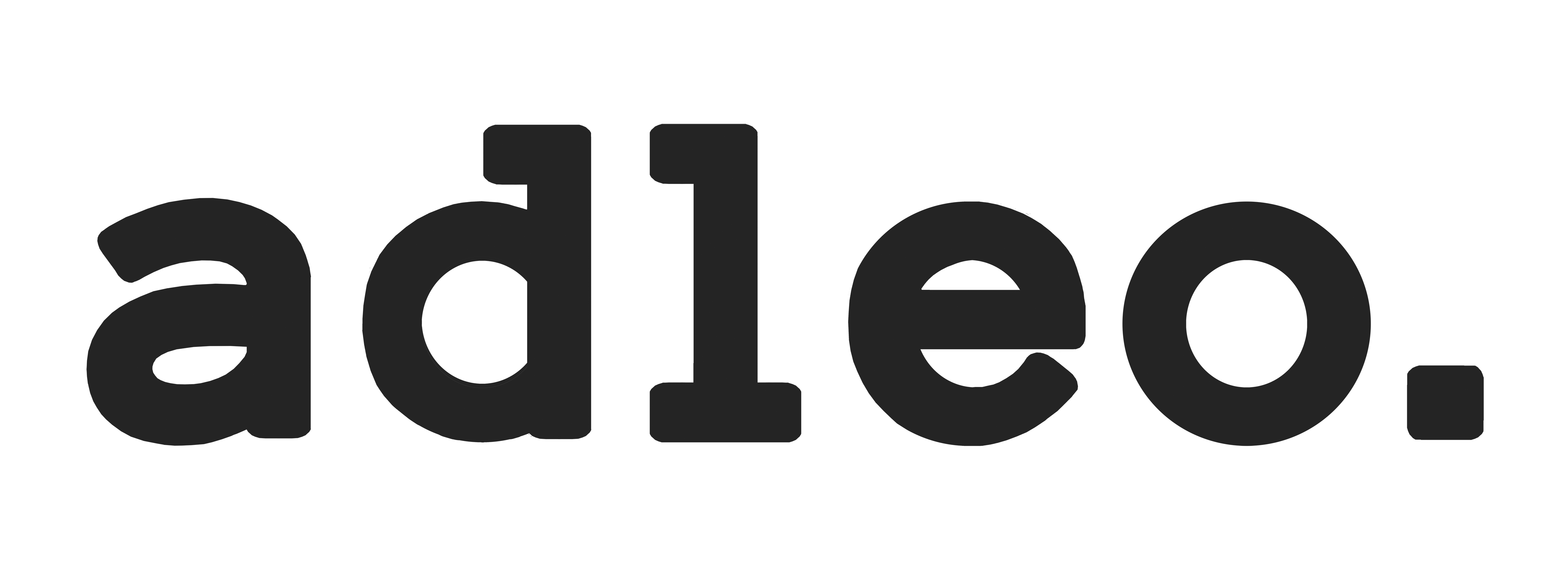The Netherlands continues to be a hotspot for expatriates due to the significant presence of global companies, especially in its flourishing tech, finance, and diplomatic sectors. Amsterdam, as the capital city, remains a top choice for these professionals, offering a vibrant lifestyle alongside noteworthy economic opportunities. The Dutch rental market reflects this demand, with rental costs in Amsterdam and other major cities continuing to rise given the influx of skilled foreign workers.
Rental properties in Amsterdam still command a quick turnover in terms of availability, with high-quality units in both central and suburban areas often being secured rapidly. Due to increased demand, Amsterdam remains the priciest rental market in the Netherlands.
The Hague, home to a multitude of international diplomatic entities, also sustains significant rental demand, but at a somewhat more measured pace, making it a more affordable alternative to Amsterdam.
Rotterdam and Utrecht, marked by a substantial inventory of rental properties, emerge as enticing options for potential tenants. The comparatively lower price points in these cities add to their appeal.
On broadening the scope beyond these primary cities towards smaller cities or rural landscapes, there’s a notable drop in rental prices, making them attractive to those seeking a quieter lifestyle or lower living expenses.
The Dutch rental process highlights a significant lean towards social housing, which can make the experience distinct from other countries. This guide aims to assist in understanding this unique landscape.
Average Rental Costs Per Month *
| Location | 1-bed | 3-bed |
| Amsterdam (centre) | €1,700 | €2,700 |
| Amsterdam (suburbs) | €1,340 | €2,070 |
| The Hague (centre) | €1,120 | €1,790 |
| The Hague (suburbs) | €870 | €1,440 |
| Utrecht (centre) | €1,235 | €1,880 |
| Utrecht (suburbs) | €1,010 | €1,560 |
| Rotterdam (centre) | €1,320 | €1,780 |
| Rotterdam (suburbs) | €1,000 | €1,460 |
* Figures provided by Numbeo Cost of Living 24th October 2023
Many letting agents set the tenancy date to coincide with the 1st of the month. So as well as the first month’s rent, you will also be required to pay a pro-rated amount to bring the rent up to the 1st of the month.
For example, if your tenancy starts on 24th September, you will need to pay rent for the month starting 1st October plus the seven days from 24th September to 30th September. Pro-rating also applies for any service charges.
Service Charges
There are often additional housing costs not covered by the basic rent. Service costs can include furniture, fixings, gas, electricity, water, internet, and TV. Service costs are considered advance payments, so at the end of each year, these advance payments should be balanced with the actual costs (and provided to the tenant).
You have the right to change the provider for electricity and gas should you wish to, though check with the landlord first. There is only one water supply company per region.
Waste collection is usually included in the rental costs and arranged according to the local municipality’s schedule.
Security Deposits
You will undoubtedly be required to pay a security deposit. Almost all private landlords request a deposit from a new tenant. This is permitted by law unless the amount is unreasonably high. Although there is no rule as to how high a deposit can be, the courts consider a deposit of up to 3 months’ basic rent reasonable. However, security deposits are generally equivalent to one or two month’s rent.
If there is no damage when you leave the property at the end of the tenancy, then the landlord must repay the deposit. There is no obligation to pay interest on the deposit.
Furnished vs Upholstered vs Unfurnished
If the website doesn’t specify the level of furnishing, the property is probably ‘upholstered’, which generally means no furnishings but includes flooring, curtains, ceiling lights and kitchen appliances. The majority of rental properties are upholstered.
If you view a property while a tenant is still living there, be aware that they might remove all soft furnishings such as carpets and curtains and any electrical appliances when they leave. They are required to return the apartment to its unfurnished state before handover.
Those that are furnished are usually fully furnished, with all equipment provided.
Some properties are listed as unfurnished, which means no floor coverings or light fittings.
Letting Agents
Letting agents can operate differently from each other in the Netherlands. Some only communicate via email or via messaging on their website, and this can make booking viewings very difficult and sometimes impossible as response rates are low. Some agents also require applicants to register online, often requesting an application fee with no guarantee of any viewings.
If you have looked at any rental websites, you may have seen rental complexes that seem to offer several properties. Using one investment company that builds entire apartment complexes as an example, the applicant has to sign up online to make an application and then the tenant is selected by lottery. The chances of being selected are very slim, and often there aren’t any properties available even though the complex is still listed.
Adleo avoids these properties and agents so that we only deal with transparent and responsive letting agents.
Viewings
Viewings can take place in either of two ways:
- An appointment is booked to view the property at a specific time;
- Open-house viewings so that many applicants view the property at the same time.
The drawback of open-house viewings is that the letting agent or landlord decides the viewing date and time. If Adleo is handling your home search and we find such a property that matches your criteria, we can make an appointment for you to view the property independently, even if it falls outside your booked home search day.
Making an Offer
Making an offer as soon as you can is advised if you want to choose one of the properties you have viewed because they are snapped up very quickly.
Because of government legislation, the rental market is very restrictive in terms of available properties but also favours the tenant in terms of ending a tenancy. Therefore, landlords are more likely to hold out for a better offer, as once the contract is signed, they are committed until the tenant leaves. Our advice is to make your best efforts to secure a property right away rather than engaging in protracted negotiations.
When you make an offer on a property, ensure you are clear about the following, as certain tenancy types in the Netherlands have restrictions:
- Rental amount per month
- Monthly cost of service charges
- What is included in the service charge
- How long the tenancy is for
- When and how you can end the tenancy
- When and how the landlord can end the tenancy
- When and how the tenancy can be extended
You may be able to make an offer on a house during the viewing and be accepted as the tenant. Often, you may make an offer and then wait several days for a response. The landlord has the final say in everything.
If there is more than one offer on a property from several applicants, the letting agent will forward the offers to the landlord, and you will have to wait for a decision. A decision could take several days as the landlord reviews and considers the information for all applicants.
During the application process, you will be expected to provide supporting evidence to confirm your identification and income.
Information that you could be requested to provide to support your offer is as follows:
- Copy of your passport
- Employment contract
- Payslips
- Bank statements with visible salary additions per payslips
- Agent’s application form completed with your personal details
Tenancy Agreements
Tenancy agreements can either be fixed-term leases or open-ended. Here is a summary of the four main types as laid out by the Dutch Real Estate Council, though be aware that there are other types that may be used depending on specific circumstances.
Indefinite Duration
- Usually used for long-term tenancies;
- The tenant may terminate the lease by giving between one and three months’ notice;
- The landlord may terminate the lease by giving not less than three months’ notice.
Indefinite Duration With a Minimum Term of Twelve Months
- Rental contract that is for at least twelve months;
- This lease cannot be terminated early by either party during the initial twelve months;
- At the end of the first twelve months, if the rental contract is not cancelled it will continue indefinitely until terminated;
- The tenant may terminate the lease by giving between one and three months’ notice;
- The landlord may terminate the lease by giving not less than three months’ notice.
Defined Duration for a Maximum of Two/Five Years or More
- Used for short-term lease agreements;
- Maximum duration of two years for independent living space (e.g. an entire house or apartment);
- Maximum duration of five years for non-independent living space (e.g. a room in a shared house);
- During the initial fixed term, the tenant may terminate the lease early by giving at least one month’s notice;
- During the initial fixed term, the landlord cannot terminate the lease early;
- At the end of the initial fixed term, the tenancy will continue indefinitely unless the landlord serves notice to the tenant between one and three months before the end date.
Defined Duration of More Than Two/Five Years
- Usually used for long-term tenancies with a specified duration;
- This lease cannot be terminated early by either party during the initial fixed term;
- If the initial fixed term expires without cancellation, the lease will continue indefinitely until cancelled;
- The tenant may terminate the lease by giving between one and three months’ notice;
- The landlord may terminate the lease by giving not less than three months’ notice.
Some agents will provide the tenancy agreement in Dutch and English. Often, agents will only provide the contract in Dutch.
Key Handover/Check-in
Once the tenancy agreement has been signed and the initial monies transferred and received by the letting agent/landlord (sometimes they will accept proof of payment), the check-in/key handover can take place.
During the handover, you walk through the house with the landlord’s agent. Together you view the current state of the property and note any defects, ideally with photographic evidence.
If any issues arise, it is the responsibility of the landlord or agent to put them right.
When you move out, the check-in report will be referred to. Except for normal wear and tear, the property should be in the same condition as when you moved in.
Maintenance of the Rental Property
You and your landlord share responsibility for the upkeep of your rental home. The landlord takes care of the major maintenance. You are responsible for the small and daily maintenance.
In general:
- The tenant must be able to carry out any minor repairs easily, and they may not entail any costs. If not, the repair is at the expense of the landlord.
- Built-in appliances for kitchens are generally regarded as immovable items, and repairs of such are at the expense of the landlord.
- The tenant is responsible for any damage they or their guests have caused. If the landlord also carries out any small and day-to-day repairs for you, the landlord may charge you back as service costs.
The table below indicates who is responsible for which type of maintenance. A rental contract may not contain any provisions that deviate from this to the detriment of the tenant.
| Maintenance Item | Tenant Account | Landlord Account |
| Paintwork | Whitening interior walls and ceilings and painting interior woodwork and, if necessary, decorating interior walls | Exterior painting |
| Preparatory work for the paintwork | Fillers, filling in holes, sealing small shrinkage cracks | |
| Minor work | Fastening and screwing loose parts, for example, handrails, doorknobs, thresholds, electrical switches, wall sockets and doorbells, floor grilles, ceiling grilles, keys for indoor locks and locks | |
| Parts and components of living space | Replacement and renewal of, among other things, parts of taps, doorknobs, locks, hinges, floor gratings, ceiling gratings, keys for indoor and outdoor locks, fittings for shower room and toilet room, toilet fittings, electrical switches and wall sockets, doorbells, cable connections, telephone connections and computer connections and comparable parts of data networks | |
| Hinges, locks, taps etc. | Keeping current, regularly checking the action, oiling, lubricating or descaling of movable parts | Major repairs, replacement |
| Freezing | Provisions for preventing freezing | |
| Lighting | Repairs and replacement of fixtures within the home | Replacement of lights in common areas and outside the living space |
| Windows and built-in mirrors | Replacement of damaged and broken windows and mirrors if the costs are low | |
| Technical installations within the home | Among other things, venting and topping up the central heating system, restarting the central heating system after failure, replacing filters and keeping the grilles clean, as far as costs are low and no specialist knowledge is required for this | Repairs, checking, replacement |
| Draught protection | Installing and maintaining draught-proof facilities providing the costs are low | |
| Parts located outside the home | Among other things, replacement and renewal of parts of the letterbox, exterior light, carport, flagpole holder providing the costs are low | Replacement in the event of wear and tear |
| Gardens, yards, driveways and property boundaries | Mow the grass regularly. Regular removal of weeds in the garden and between tiles on the driveways, access paths, and terraces. Replacement of broken tiles. Regular pruning of hedges, hedges and shooting trees. Replacement of dead plants. Replacement of broken boards or segments of wooden partitions. Straighten wooden property boundaries. Regular painting or preservation of property boundaries | At the first occupancy, construction of driveways and access paths and installation of simple property fencing. Major repairs, replacement |
| Chimneys, exhaust and ventilation ducts | Cleaning, sweeping and unblocking if accessible to the tenant | Major repairs, replacement |
| Sewer | Cleaning and unblocking of the pipe from the living area of the rented property to the municipal sewer or the main sewer providing the pipe can be accessed by the tenant | |
| Waste chute. Bin room | Keep clean and, if necessary, unclog the waste chute. Keeping the bin area clean. Providing both are accessible by the tenant | Repairs |
| Living area and common area | Keep clean | |
| Windows, window frames, door frames, painted woodwork and other painted parts | Washing and cleaning of the inside and outside of the windows, window frames, door frames, painted woodwork and other painted parts. Providing they are accessible for the tenant | |
| Vermin | Dealing with fleas, ants, wasps, lice and the like providing costs are low | Fighting cockroaches, pharaoh ants, Longhorn beetles and woodworms (due to force majeure) |
| Gutters and drains | Keep clean regularly. Providing they are accessible to the tenant | Replacement and repairs |
| Litter | Remove regularly | |
| Graffiti | Remove providing there are no significant costs involved, and it is accessible to the tenant | |
| Cesspits and septic tanks | Empty | Replacement and repairs |
Conclusion
This comprehensive guide has been designed to equip you with valuable insights into the Dutch rental market. By providing detailed information on rental costs, maintenance responsibilities, and various types of tenancy agreements, our aim is to ensure that you have all the tools necessary to make an informed decision when renting a property in the Netherlands.
Understanding the financial aspects of your rental, such as average monthly costs in key Dutch cities, is crucial for effective budget planning. Moreover, being aware of maintenance responsibilities, whether they fall on the tenant or the landlord, is essential for maintaining the condition of your rented home.
Additionally, grasping the nuances of different tenancy agreements allows you to thoroughly understand the terms and conditions governing your rental arrangement. With this knowledge, you’ll be well-prepared to navigate the Dutch rental market with confidence and make choices that best suit your needs and preferences.
We hope that the insights provided in this guide will serve as a valuable resource as you embark on your journey to find the perfect rental property in the Netherlands.
Speak to one of our experts or send a message today and find out how we can add value to your relocation programme in the Netherlands.






